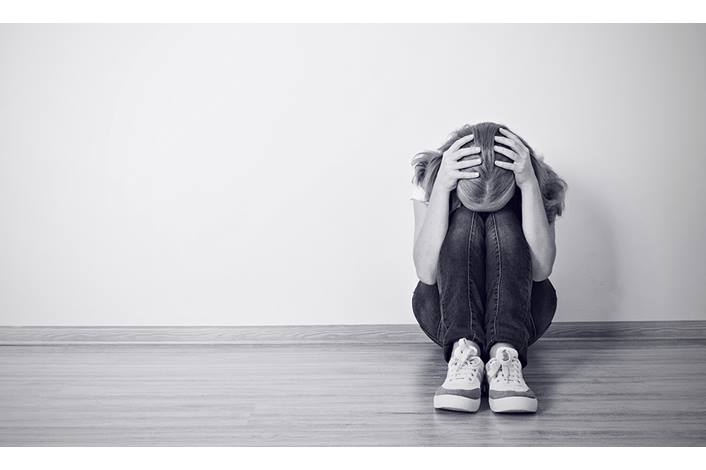By Ashley Young-
Teenagers who dislike their appearance are more likely to suffer depression in early adulthood, a study has shown.
A study of 2,078 girls and 1,675 boys in the UK found that those who disliked their appearance at the age of 14 were more likely to experience depressive episodes aged 18 than those who were not.
Each incremental increase among girls in body dissatisfaction at 14 was linked to a 63% increased likelihood of suffering mild depression aged 18, a 67% increased likelihood of suffering moderate depression, and an 84% increased likelihood of suffering severe depression.
Equally for boys, each increase at 14 meant they were 50% more likely to suffer mild depression and almost three times as likely to suffer severe depression aged 18. The finding provides deeper insight into some of the factors that contributes to suicide.
Experts led by the University of the West of England writing in the Journal of Epidemiology and Community Health said this is the first study of its kind to demonstrate that “body dissatisfaction in adolescence predicts later depressive episodes”.
They added: “The findings highlight that body dissatisfaction is a public health concern.”
Dislike of their physical appearance is thought to affect up to 61% of teenagers worldwide.
The study involved children born in Somerset in England in 1991/92 who were taking part in the Avon Longitudinal Study of Parents and Children.
When the children became aged 14, the youngsters were asked to rate satisfaction with their physical appearance by scoring their weight, figure, body build and specific areas, including breasts, stomach, waist, thighs, buttocks, hips, legs, face and hair.
This was on a five-point scale, where 0 equals “extremely dissatisfied” and 5 equals “extremely satisfied”. Both the boys and the girls were mildly satisfied with their body, overall, the study found.
Girls tended to dislike their thighs, stomach, and weight, but liked their hair and hips.
Boys tended to be dissatisfied with body build, stomach, and hips.
Some 32% of the girls and 14% of the boys were dissatisfied with their weight, while 27% of girls and 14% of boys were dissatisfied with their figure.
When they were 18, depressive symptoms were formally assessed, with girls more likely to report depressive episodes than boys.
One in 10 (10%) of the girls reported at least one mild depressive episode compared with one in 20 (5%) of the boys.
Nearly 7% of the girls and nearly 3% of the boys reported at least one moderately severe depressive episode, while severe depressive episodes affected 1.5% of the girls and 0.7% of the boys.
The researchers concluded: “It is possible that, in the era of social media and increasing pressures on body ideals, male adolescents have also become sensitive to (idealised body image) pressures, which may translate into later depressive episodes.”
They added: “These findings demonstrate that body dissatisfaction should be considered as a public health issue of pressing concern.
“(It) is highly prevalent among young people in the general population and has an increasing incidence; the findings indicate that reducing body dissatisfaction might be an effective strategy to reduce mental health issues.”
Image:nationalchildren.org




